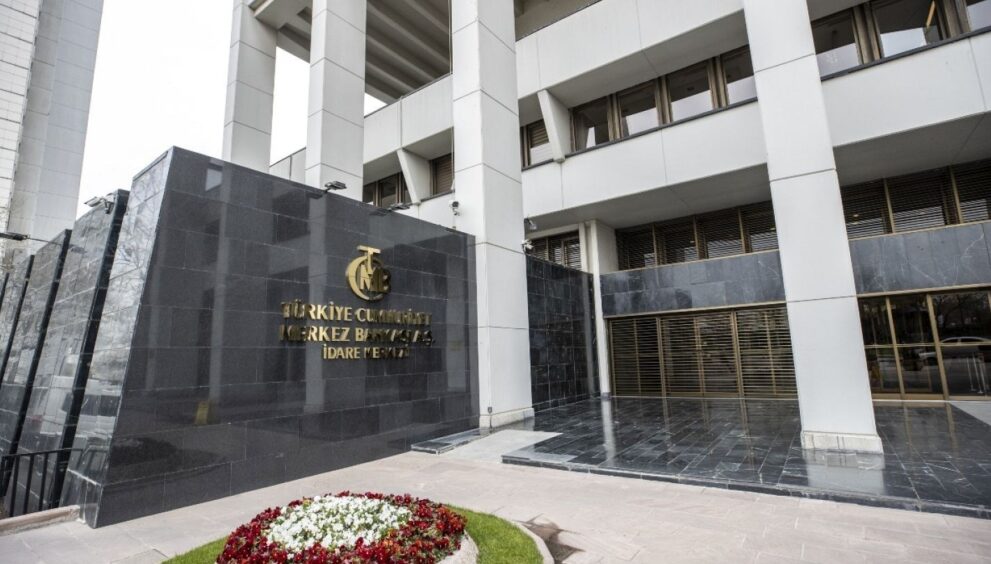Inflation analysis from the Central Bank: Improvement in main trend

The Central Bank reported that the adjustment in examination participation fee reduced the February inflation by 0.29 points. The analysis indicated that the slowdown in inflation originated from the decrease in the main trend.
The Central Bank of the Republic of Turkey (CBRT) evaluated the impact of adjustments in examination participation fees on inflation. The analysis titled “Implications of the Regulation Change in Health Application Communiqué Tariff to the CPI” prepared by assistant economists Merve Çapan and Orhun Özel, along with expert assistant Hakkı Yılmaz at the CBRT, was published on the bank’s blog page, Merkezin Güncesi. According to the analysis, a regulation was made in the Social Security Institution Health Application Communiqué (SUT) on January 25, 2025, increasing the examination participation fee in official health service providers from an average of 6.50 TL to 30 TL, and in private health service providers from 15 TL to 50 TL. On February 23, 2025, another regulation was made in the Communiqué, effective from January 15, reducing the average examination participation fee to 10 TL. The HEALTH REGULATION AFFECTED TWO ITEMS The analysis indicated that changes made in the Social Security Institution Health Application Communiqué (SUT) affected two items under the Consumer Price Index (CPI) health group. These items were listed as the examination participation fee (public) and the examination fee of private hospital doctors (under the General Health Insurance). HOW DID IT AFFECT INFLATION? According to the analysis, the adjustments in the examination participation fee had an inflation-increasing effect of 0.56 points in January, while a deflationary effect of 0.29 points in February. Since the beginning of the year, the ultimate impact of the adjustments made in the SUT on annual inflation was 0.76 points in January, and as of February, it was 0.34 points upwards. When examined with seasonally adjusted data, it was calculated that the regulation in January had a monthly consumer inflation effect of approximately 0.4 points upwards. Looking at core indicators, the reflection of the January adjustment on average increases in B and C indices was about 0.6 points. In February, the effect of adjustments led to a slightly lower average in seasonally adjusted monthly consumer inflation and B and C indices by 0.1 point. “WE SEE AN IMPROVEMENT IN THE MAIN TREND” In summary, the analysis pointed out that the examined data indicated a slight balancing in February inflation due to the increase in January inflation resulting from the adjustment in examination participation fees, both in headline inflation and core indicators. It was reported that when the temporary effect of the SUT regulation was excluded and observed, it was seen that the slowdown in annual consumer inflation was driven by the decrease in the main trend.






















































































































































































































































































































































































































































































































































































































































































































































































































































































































































































































































































































































































































































































































































































































































































































































































































































































































































































































































































































































































































































































































































































































































































































































































































































































































































































































































































































































